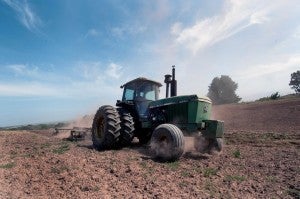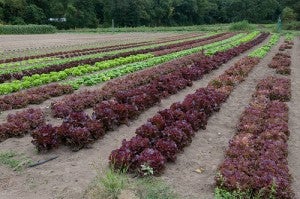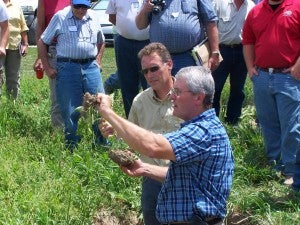The agricultural supply chain is shifting towards demanding more sustainably produced grains, according to some of the country’s biggest food companies and retailers.
Representatives from Walmart, Smithfield Foods, and USDA recently discussed the importance of and increased consumer demand for agricultural sustainability in front of 100 agricultural retailers in St Louis. They were there for a meeting convened by United Suppliers, Inc., with a primary focus of the company’s SUSTAIN™ platform.
Three messages were clear:
- Demand for more sustainable crops is here to stay.
- Growers’ connection with the consumers of their products is increasing.
- Fertilizer optimization and soil health offer a business opportunity for growers, ag retailers, and food companies alike.









